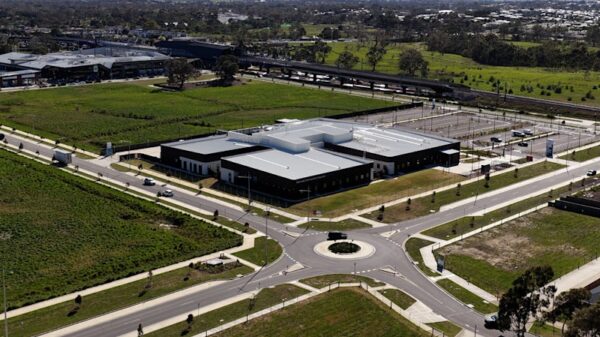Scientists have made significant strides in understanding the mechanisms of hydrogenases, enzymes capable of catalyzing the reversible splitting and production of hydrogen gas (H2). These enzymes utilize complex catalytic cofactors that primarily consist of abundant nickel and iron ions. The breakthrough, which sheds light on critical steps within the catalytic cycle of hydrogenases, may have profound implications for advancing clean energy technologies.
Breaking Down Hydrogenases
Hydrogenases, particularly the [NiFe]-hydrogenases, have garnered attention due to their remarkable efficiency in hydrogen production. Their unique ability to facilitate this process positions them as promising models for developing sustainable energy solutions. Despite extensive research conducted by various groups globally, many fundamental aspects of their catalytic cycle have remained elusive.
In a recent study published in October 2023, researchers employed advanced techniques to observe and analyze key catalytic movements within these enzymes. This work not only enhances our understanding of hydrogenases but also opens new avenues for refining clean energy applications.
The study highlights the importance of nickel and iron ions in the enzymatic process. These metals are not only essential for the enzyme’s activity but are also abundant and environmentally benign, making them ideal for use in energy technologies.
Implications for Clean Energy
The findings from this research could lead to significant advancements in hydrogen production, a process integral to various clean energy technologies, including fuel cells and renewable energy storage systems. Hydrogen as a clean fuel source has the potential to reduce carbon emissions and reliance on fossil fuels.
As scientists continue to delve deeper into the intricacies of hydrogenases, the hope is that these revelations will foster innovative approaches to energy solutions, paving the way for a more sustainable future. The ongoing exploration of these enzymes underlines the intersection of biology and technology, emphasizing the role of natural processes in addressing global energy challenges.
In summary, the unlocking of key mechanisms in hydrogenases marks a critical step forward in clean energy research. The collaboration of research institutions and scientists around the world is essential in harnessing this knowledge for practical applications, underscoring the urgency of transitioning to sustainable energy sources.





























































